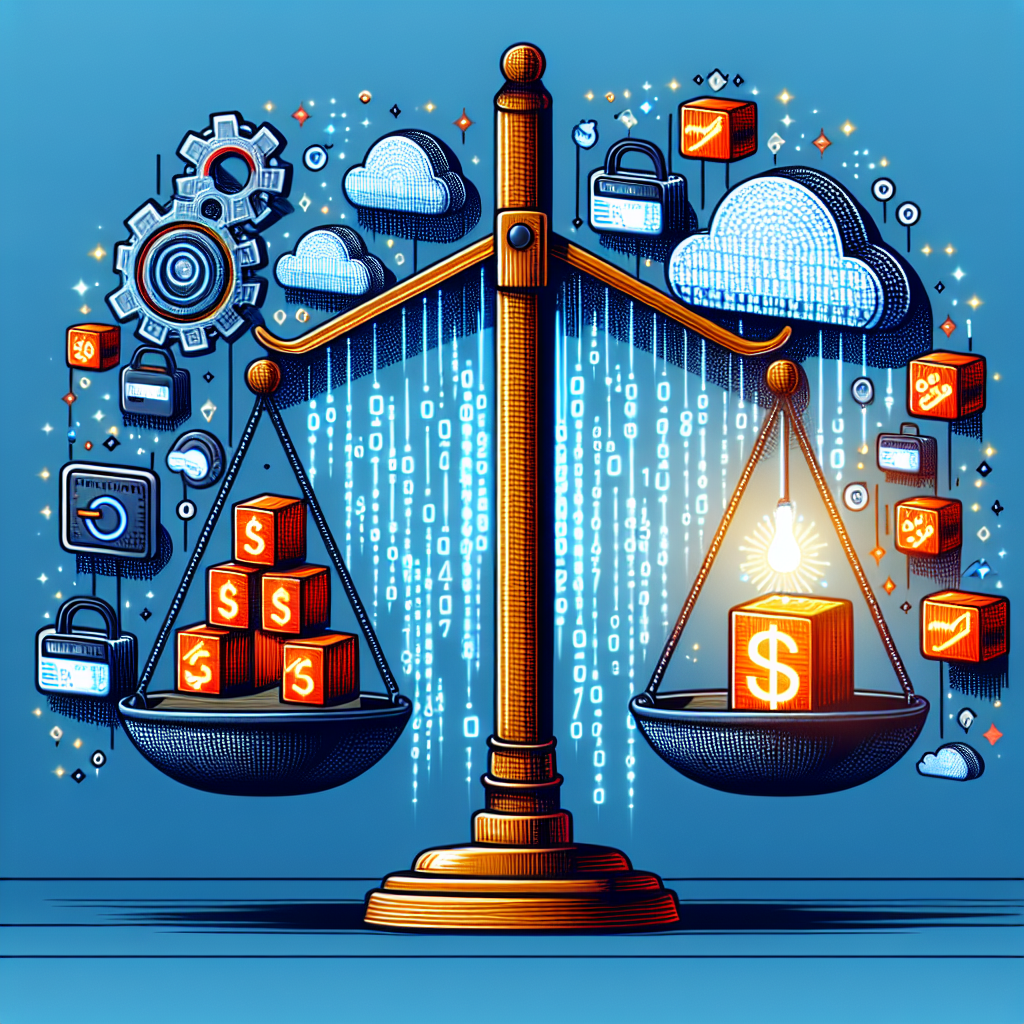Retail price optimization has always been a crucial aspect of running a successful business. Setting the right prices for products is essential for maximizing profits, attracting customers, and staying competitive in the market. In recent years, the advent of big data has revolutionized the way retailers approach pricing strategies. By analyzing large volumes of data, retailers can now make more informed decisions about pricing, leading to increased sales and improved profitability.
Big data refers to the vast amounts of information generated by consumers through their interactions with digital platforms, such as websites, social media, and mobile apps. This data includes a wide range of variables, such as customer demographics, purchasing behavior, product preferences, and pricing history. By leveraging advanced analytics tools, retailers can extract valuable insights from this data to optimize their pricing strategies.
One of the key ways in which big data influences retail price optimization is through dynamic pricing. Dynamic pricing is a strategy that involves adjusting prices in real-time based on various factors, such as demand, competition, and consumer behavior. By analyzing big data, retailers can identify patterns and trends that allow them to set prices dynamically to maximize revenue.
For example, a retailer may use big data analytics to track customer traffic on their website and adjust prices for popular items during peak hours to capitalize on high demand. Similarly, retailers can monitor competitor prices and adjust their own prices accordingly to stay competitive in the market.
Another way in which big data influences retail price optimization is through personalized pricing. Personalized pricing is a strategy that involves setting prices based on individual customer data, such as purchase history, browsing behavior, and loyalty status. By analyzing big data, retailers can create personalized pricing offers that cater to the unique preferences and buying habits of each customer.
For instance, a retailer may use big data analytics to identify customers who are price-sensitive and offer them discounts or promotions to incentivize purchases. By tailoring prices to individual customers, retailers can increase customer loyalty and drive repeat business.
In addition to dynamic pricing and personalized pricing, big data also enables retailers to optimize their pricing strategies through predictive analytics. Predictive analytics involves using historical data to forecast future trends and make informed decisions about pricing. By analyzing big data, retailers can predict changes in demand, identify pricing opportunities, and optimize pricing strategies to maximize profits.
For example, a retailer may use predictive analytics to forecast the impact of a price increase on sales volume and revenue. By analyzing historical sales data, customer behavior, and market trends, retailers can make data-driven decisions about pricing strategies that are more likely to yield positive results.
Overall, the influence of big data on retail price optimization is undeniable. By leveraging advanced analytics tools and technologies, retailers can extract valuable insights from large volumes of data to make more informed decisions about pricing. From dynamic pricing and personalized pricing to predictive analytics, big data has revolutionized the way retailers approach pricing strategies, leading to increased sales, improved profitability, and enhanced customer satisfaction.
FAQs:
Q: How does big data help retailers set optimal prices for products?
A: Big data helps retailers set optimal prices for products by providing valuable insights into customer behavior, market trends, and competitive dynamics. By analyzing large volumes of data, retailers can identify patterns and trends that allow them to make more informed decisions about pricing.
Q: What are some of the key benefits of using big data for retail price optimization?
A: Some of the key benefits of using big data for retail price optimization include increased sales, improved profitability, enhanced customer satisfaction, and competitive advantage. By leveraging advanced analytics tools and technologies, retailers can extract valuable insights from big data to optimize their pricing strategies.
Q: How can retailers leverage big data to implement dynamic pricing strategies?
A: Retailers can leverage big data to implement dynamic pricing strategies by tracking customer behavior, monitoring competitor prices, and analyzing market trends in real-time. By adjusting prices dynamically based on various factors, such as demand and competition, retailers can maximize revenue and stay competitive in the market.
Q: What role does predictive analytics play in retail price optimization?
A: Predictive analytics plays a crucial role in retail price optimization by using historical data to forecast future trends and make informed decisions about pricing. By analyzing big data, retailers can predict changes in demand, identify pricing opportunities, and optimize pricing strategies to maximize profits.

